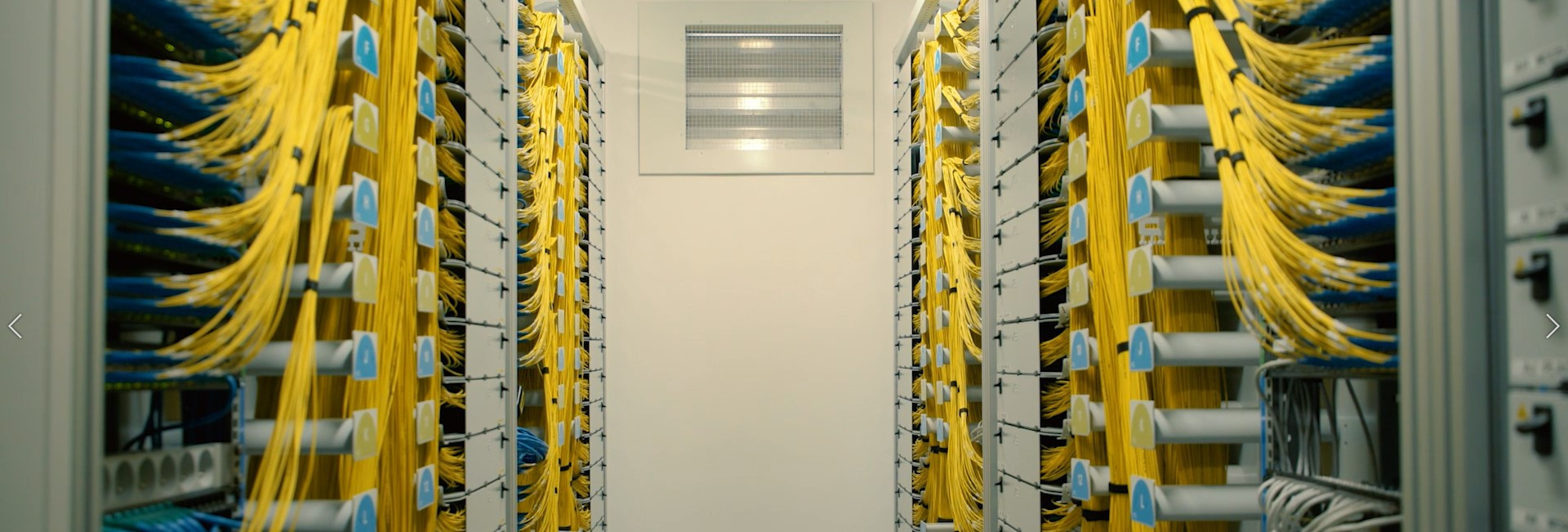Telecommunication
Both the design and construction of fiber optic systems are complex processes. Appropriate knowledge and experience are necessary to construct them properly.
At C&C Partners, we have started to offer fiber optic solutions on a large scale in 2008. With the time being, under the influence of new market trends, our offer has evolved and was adjusted to the current investor's needs. Thanks to our knowledge and flexibility, we have delivered products to the largest telecom operators in Poland. Thousands of kilometers of backbone networks have been built based on our solutions, covering almost all provinces, hundreds of cities, and thousands of FTTH networks. The experience we gained during supporting our partners allows us to prepare even better for investments carried out under the next funding called OPDP (Operational Program Digital Poland).
The efficient construction of the fiber optic network requires selecting appropriate products, that vary in accordance with their designated location. Thus, depending on whether the FTTH network is planned as the overhead, indoor, ground, or other versions, various cables and elements for their construction and finishes are used. Network construction standards under the new EU funding (OPDP) clearly define the requirements for individual products. Telecommunication operators also introduce individual requirements. What's more, selecting appropriate solutions will be imposed the network construction standards for 5G technology. Therefore, the complexity of all guidelines requires careful selection of sufficient products.
We have divided the wide portfolio of fiber optic solutions into sectors to meet the new customer's needs.

Fiber Ground
Ground network
On the basis of this system, in-ground FTTH networks can be implemented with respect to the investor's needs. One of its variations relies on a microduct system with a protective duct buried directly to the ground. Another variant is the so-called Dutch mode, where use direct burial (DAC) cables. Microducting assumes running an empty duct to each subscriber. All of them run to a cable chamber or cabinet, where they connect with an external cable (standard in HDPE pipe or LTMC microcable). Usually, optical splitters are installed at such points, where they split into optic fiber adapters. The next stage to establish a connection with a subscriber is jetting the cable into a single microduct, therefore supplying the signal to the subscriber. On the other hand, in the Dutch model, cables are run to subscribers just like microducts. From the point of contact (chamber/cabinet), a cable is run directly in-ground of the subscriber's parcel. In the next stage, the cable is excavated and brought to the subscriber.
Advantages of the system in the microduct version:
- reduction of the number of buttons and drilling
- reducing the number of joints and distribution points
- use of bundles based on thick-walled (buried) microducts
- freedom of branching to subscribers
Advantages of the system in the DAC cable version:
- reduction of material costs
- no protection ducts
- quick installation
- easy repair of damages
Fiber Sky
Overhead network
One of the most popular methods of building a network that provides a signal to the subscriber is using low voltage poles. This solution's characteristics are low construction costs and quickly completing the investment. For this type of network also, other types of poles, e.g. lightning poles, can be used. The wide range of types of poles and the requirements of infrastructure owners makes the product portfolio very broad. Depending upon the chosen construction system, a network can be established in several ways. However, we managed to develop our own universal standard, which can be adjusted to the individual requirements.
System characteristics:
- 3mm drop subscriber cables with 0.9mm tube
- backbone cables of 3.2kN strength
- subscriber cabinets with a capacity of 16/24
- splice closure with a capacity of up to 144J
- universal mounting elements
- heavy-duty extraction handles
Fiber House
Our approach to this issue involves the use of the main cabinet located in the basement and intermediate cabinets powered by cables from the main one. These cables are finished on one side with connectors so that it is possible to supply the intermediate boxes without the need for fusion splicing, which is needed only in the main cabinet. On the other hand, the subscriber is connected by 2-fiber cables, MDIC cables, or patch cords with a reduced bending radius of up to 5mm.
System characteristics:
- reduced number of products
- plug-and-play intermediate cabinets
- subscriber patch cords with B3 fiber
- fusion splicing only in one place
Fiber Distribution
The expectations of wholesalers in terms of fiber optic products vary from the needs of operators and investors. The set of distribution products was developed on the basis of experience and cooperation with the largest wholesalers in the country.
The selected products are:
- universal cables in a central tube
- fiber optic adapters, pigtails, and patchcords
- 19" switch panels without rails
- subscriber cables compliant with the Regulation of MTBiGM of November 6, 2012
- subscriber sockets
Fiber 5G
5G is the next stage in the development of the information society. Another step forward. Some people are frightened by it, others fascinated. In fact, 5G is an idea of utilizing what already exists and what we use every day, i.e. optic fibers. Although we will have to wait a while for "real" 5G, we are already preparing passively for this technology. At the moment, we do not know whether operators will choose hybrid solutions for antennas (FO and PW cables) or separate ones. Anyway, our knowledge and experience will allow us to complete this installation in both versions. Therefore, we are ready to develop any scenario for building this infrastructure.
System characteristics:
- pole cabinets with hermetic connectors
- hermetic cables with FTTA connectors
- optical splitters
- 19'' distribution switch panels at the network's meeting points

